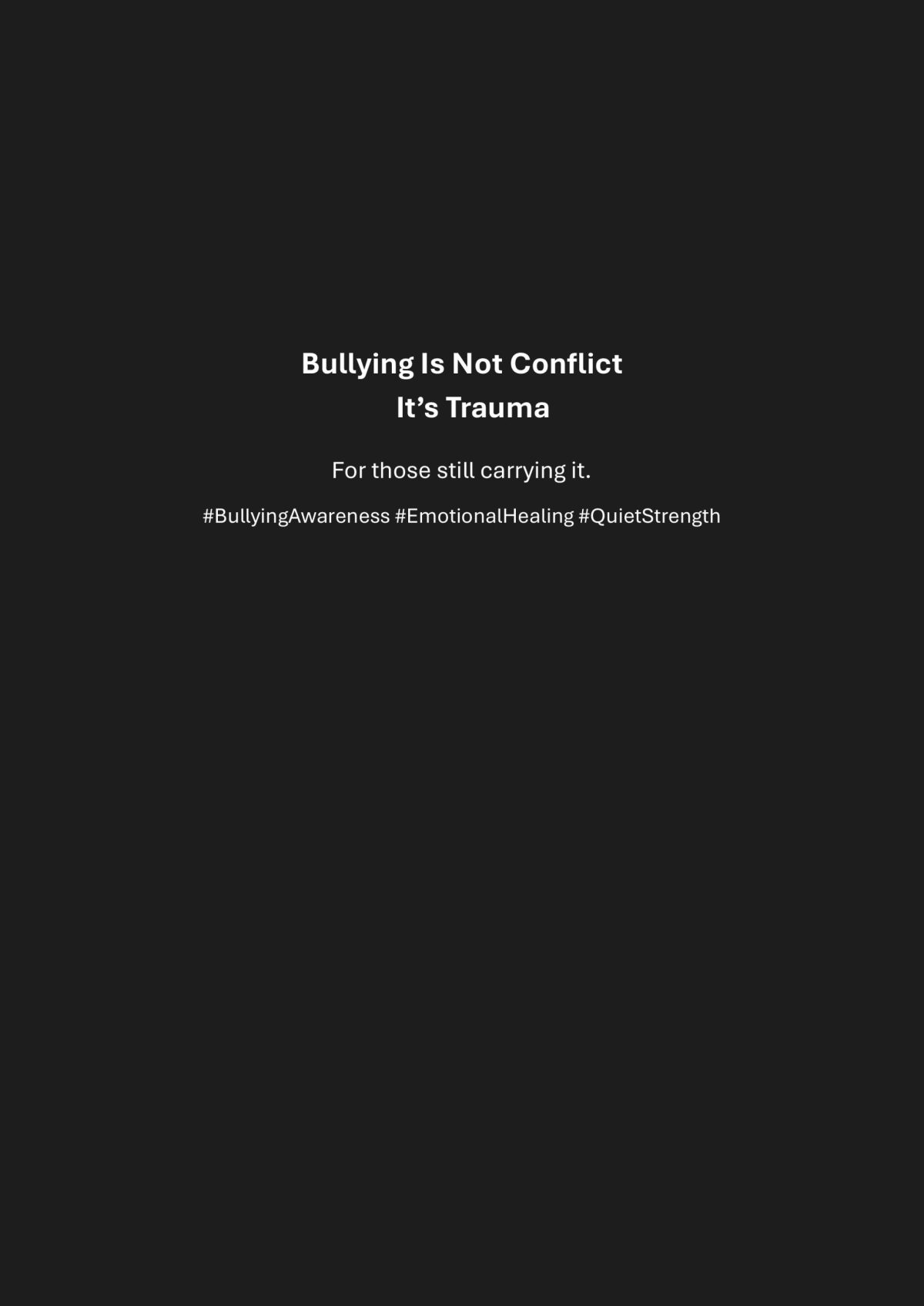Many people suffer in silence, not because there is nothing to say, but because there is too much.
The image of a quiet suitcase, half-open, speaks for what words often cannot: the careful packing away of blame, denial, coldness, and control. The way shame is stitched into the lining while the outside remains polished and respectable. A suitcase, oval and elegant, sits quietly on the floor, open, but not exposed. Inside, small words rest where clothing might once have been avoidance, denial, protection, anger, blame, cold, abandon, integrity. Etched faintly inside the lid is one word that ties them all together — shame.
This image invites us to pause.
It asks what we hide, what we carry, and what we present to the world. The suitcase becomes a metaphor for the psychology of abuse, not just physical, but emotional, psychological, and relational. On the outside, it is polished and respectable; it looks harmless, even appealing. But open the lid, and we glimpse the defences, the distortions, and the pain that lie beneath.
For those who have experienced or witnessed abuse, this image speaks without needing to explain. The abuser often appears charming, warm, attentive, and admired. Beneath the surface, however, lie layers of avoidance, denial, and blame. They pack away their shame, disguising it beneath a façade of control.
Integrity, that fragile quality of wholeness, lies buried under the weight of self-protection. And yet, the suitcase is only semi-open. It suggests that the truth is never completely hidden. With awareness, with courage, with compassion, the lid can lift further — revealing not only the harm but also the possibility of change.
The task for the viewer is not to judge, but to see: to notice the dissonance between what the world sees and what lies inside; to recognise how often manipulation wears a smile. And to reflect on our own suitcase, what it holds, what remains unspoken, and what we are ready, or not ready, to unpack.
Reflection
For therapists, readers, and students alike, The Things They Never Own invites a deeper kind of seeing, one that goes beyond the surface.
Every person carries something unseen: defences, wounds, memories, inherited survival strategies.
Take a quiet moment to reflect or journal:
- What does your own suitcase contain?
- Which emotions or defences might you have packed away for protection?
- What might you be ready to unpack, and what still feels too heavy to open?
- How do you recognise the difference between what the world sees and what lies inside?
In therapy, supervision, and reflective practice, these questions remind us of the delicate balance between visibility and safety. To open the suitcase, even slightly, is to begin the work of integration and healing. When we dare to look inside with honesty and compassion, what was once hidden in shame can begin to transform into understanding.
May we learn to open only what we are ready to hold, and to hold it with gentleness.


